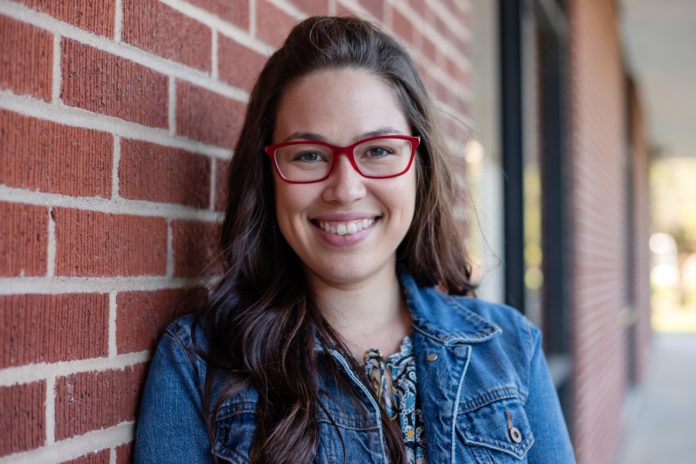By Katie Stewart | Reporter
Is the face of the “normal” college student changing? Or has it already changed? I often find myself meeting students like me who are a few extra years out of high school than a lot of our peers, supporting themselves and struggling to balance not just work and life, but also school and life, too. Are we non-traditional students, or are we becoming the new norm?
The National Center for Educational Statistics (NCES) acknowledges the changes and the challenge to appropriately define a non-traditional student.
“Age acts as a surrogate variable that captures a large, heterogeneous population of adult students who often have family and work responsibilities as well as other life circumstances that can interfere with successful completion of educational objectives. Other variables typically used to characterize nontraditional students are associated with their background (race and gender), residence (i.e., not on campus) and level of employment (especially working full-time),” the NCES website states.
On Sept. 4, NPR’s Morning Edition aired a program that discussed the changing face of the average college student. A few descriptions that were mentioned which stood out to me were: being financially independent from their parents, being a single caregiver and delaying post-secondary enrollment.
When I came to Baylor, I was (and still am) solely legally responsible for the well-being of my grandmother. Care-giving by millennials is not a new phenomenon. In fact, Time Magazine published an article in May about millennial caregiving stressors people are dealing with.
In the before-mentioned Morning Edition program, Elissa Nadworny reported that caregiving has begun to have an effect on employment in which young people entering the workforce are less likely to relocate for job opportunities because they’re taking care of someone. With rising medical, insurance and living costs for elderly people, it’s no surprise that young people are changing their priorities.
Secrets be told, I moved to Waco to be close to my aging grandmother who didn’t have anyone else to depend on. It was only after I got here that I thought finishing my degree would be a wise idea.
Eric Westervelt with NPR’s Weekend Edition that aired in 2016 said 50 percent of students today can be categorized as non-traditional. So what does that mean for the services offered at Baylor?
I often have thought, what if Baylor had a student-run organization that helps take care of people’s pets? Some students that live off-campus, outside the “Baylor Bubble,” have long days, and there isn’t enough time to commute home to let out your dog. What a simple burden to release from those students. It would offer a chance for students to serve in a club that directly helps their fellow Bears.
Also, it would help if professors teaching some of Baylor’s early courses could have a better understanding that even though they might be teaching a Baylor freshman class, that doesn’t mean all students are freshmen running back to their dorms to catch a nap or Netflix episode. Some students in these classes already know how to study and are eager to spend class time learning rather then using lecture time for a how-to-study crash course.
What about books and supplies? It’s no surprise that the expense of books and supplies are seemingly more and more expensive every semester. For students dependent on their part-time jobs to cover financial responsibilities like car insurance, personal medical expenses and all other living expenses, a $200 book is a lot to ask when there isn’t a parent’s bank account to tap into.
It’s unclear how Baylor defines non-traditional students. There’s a defining line of freshman, first-time freshman and transfer, but according to the Fall 2018 Headcount Enrollment Report, Baylor doesn’t offer a separate category for its non-traditional students. If the trend of non-traditional students continues, Baylor may need to consider a plan to connect with those students.






